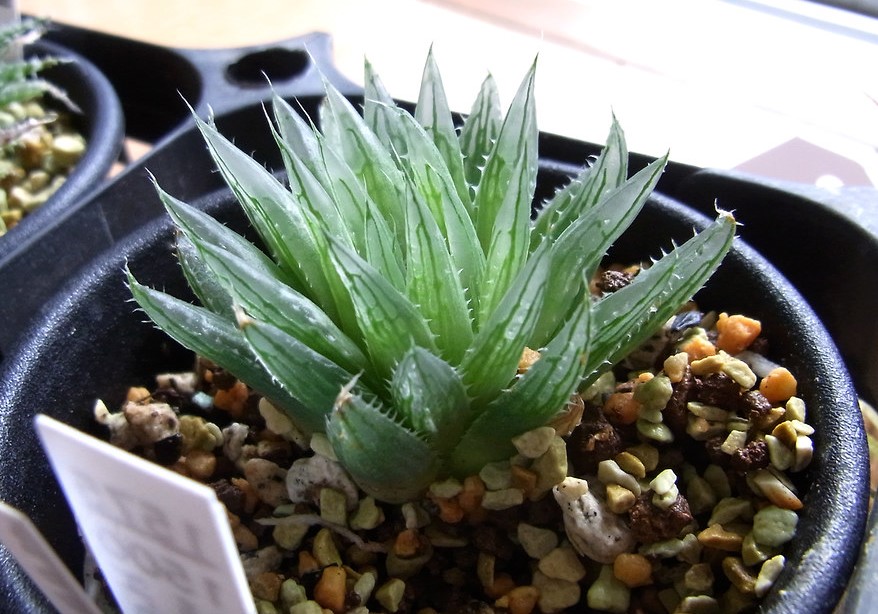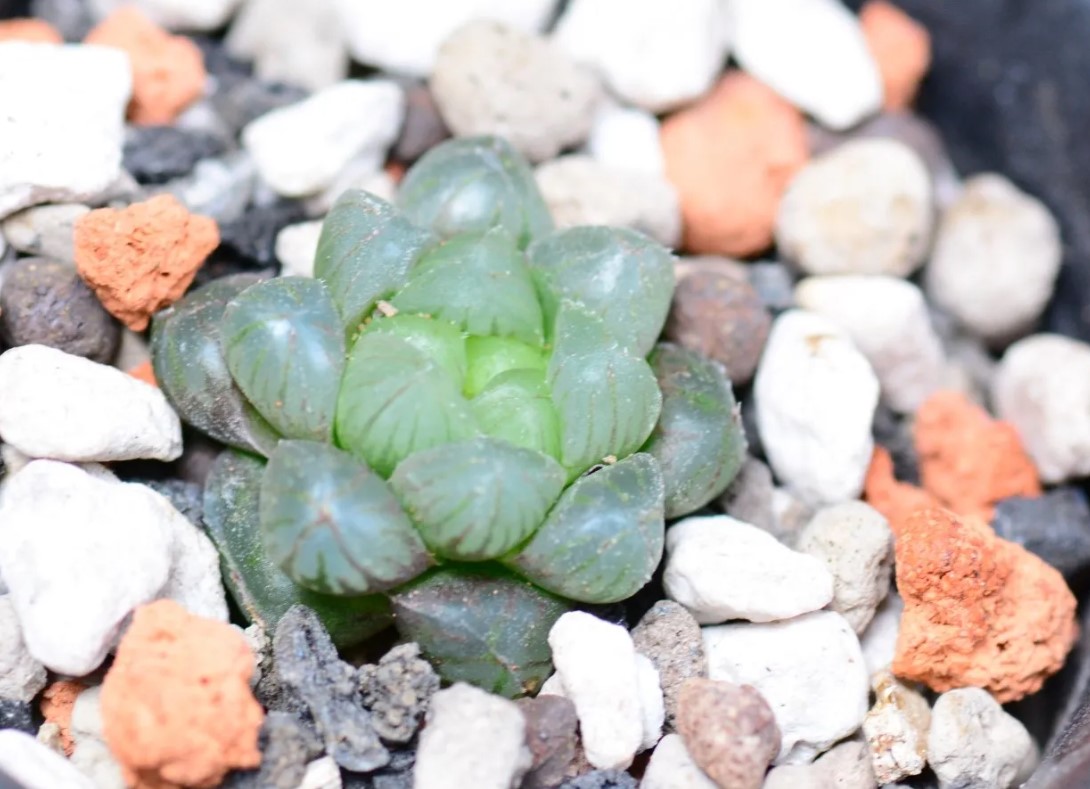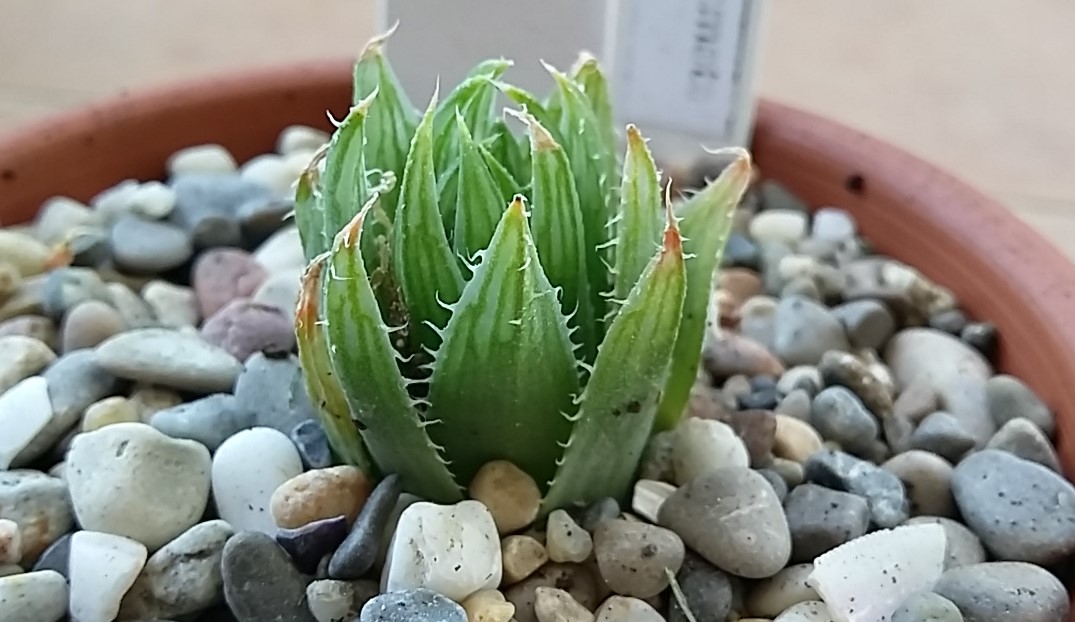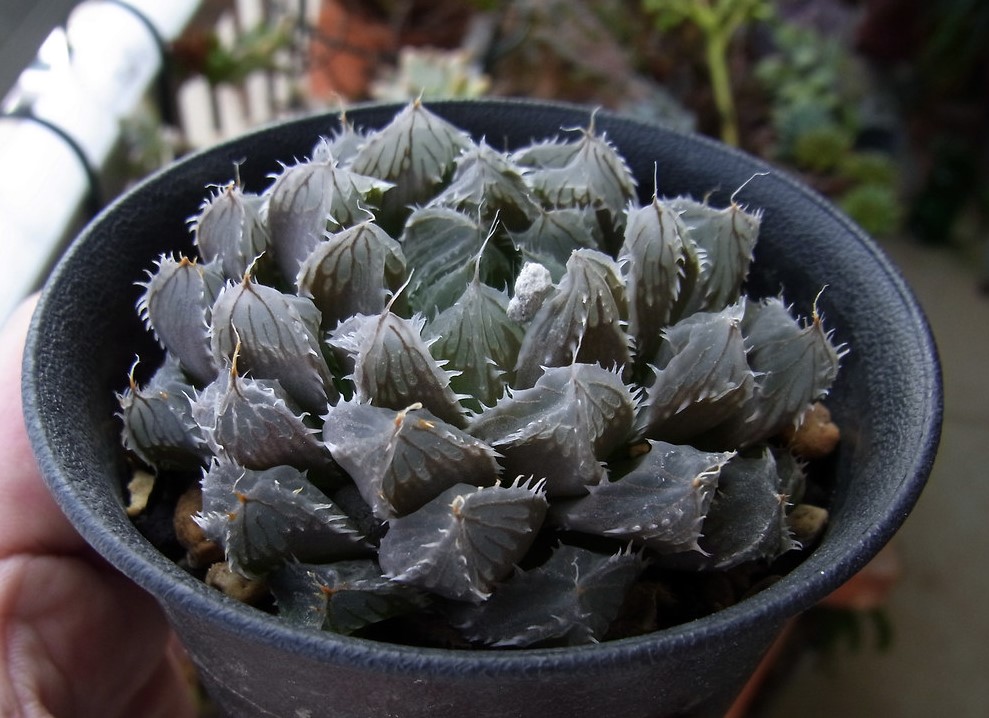The plants wait. Some have secrets we want to uncover. One plant is small, with see-through leaves. The Haworthia cooperi. The leaves glow like colored glass. Rose and purple and green. The sun shines through.
These plants come from South Africa. A hard dry place. The leaves help the plant live there. They let in light. But we still wonder how the leaves glow. Do they make special colors? Are the cells special? We want to find out.
People like these plants. The small see-through leaves. The plant grows slow. Easy to grow more. Good for new plant people and experts too.
Let’s talk about growing it. What it needs. How to help it along. This glowing plant still makes people curious. Scientists and people who grow it. We’ll see what else we can learn.
Key Takeaway
- The plant looks special. Leaves you can see through. Glowing green, purple, rose. Like colored glass. Eye-catching for people who grow small plants.
- Good for growing inside. Small and slow. Easy to care for. Needs bright light, indirect. Soil that drains well. Good for new plant people.
- Easy to grow more plants. Use the offsets. Use leaves for cuttings. Simple way to get more glowing plants. Even if new to growing.
Let’s talk more about this plant. How to help it grow. And learn other things we don’t know yet. The see-through leaves still make us wonder.

Overview and Characteristics of Haworthia Cooperi
Scientific Classification
Haworthia cooperi falls under the classification of a succulent plant. Its full scientific name reveals key information:
Genus: Haworthia
Species: cooperi
Haworthia is a type of plant that mostly comes from South Africa. It has over 60 species, which are small and compact with succulent leaves. Mr. Cooper, who played a significant role in discovering and documenting this species, gave this plant its species name “cooperi.”
Knowing the scientific classification helps us understand the evolution and relationships between H. cooperi and other similar succulents.
Common Names
This succulent also goes by a few common nicknames:
Cooper’s Haworthia
Cushion Aloe
Window Haworthia
The common name “Cooper’s Haworthia” also references the individual who discovered the plant. “Cushion Aloe” refers to the compact, low-growing nature of the rosettes. “Window Haworthia” describes the unique translucent leaf tips that give it a window-like appearance.

Native Region
In the wild, Haworthia cooperi is endemic to South Africa. Its native habitat is within the Eastern Cape Province.
It grows naturally in a hot, arid climate and is accustomed to dry, rocky soil. Like many succulents, this Haworthia is drought tolerant and stores water in its thick leaves.
Knowing the native region gives us clues into the ideal growing conditions this plant thrives in. Replicating its natural environment will lead to a healthier houseplant.
Physical Description
Some key physical characteristics of this petite succulent include:
Size: Rosettes grow 3-5 inches tall and wide. Slow growing.
Leaves: Fleshy, triangular, green leaves arranged in rosettes. Some varieties have translucent tips or stripes.
Flowers: Tall flower spikes of small, white, tubular blooms appear in summer.
Stems: Stemless rosettes form clusters from the base.
The compact rosette shape and intriguing leaf patterns are what makes Haworthia cooperi so unique in appearance. The see-through leaf windows seem to glow when backlit by sunlight.

Growth Habits
In terms of growth pattern, H. cooperi displays:
Clump forming growth. Rosettes multiply from the base over time, forming clusters.
Offsets or pups form and people can remove and propagate them.
Slow growing. Reaches maturity after about 3 years.
The clump forming habit makes this a great plant for filling pots or planters. And the slow growth means you can enjoy the same plant for many years before it needs repotting or dividing.
Let me know if you would like me to expand on any part of this overview in more detail! I aimed to provide a high-level summary touching on the main characteristics.
Ideal Growing Conditions for Haworthia Cooperi
To keep our Haworthia cooperi houseplants happy and encourage lush growth, it’s important to provide the right conditions that mimic its native habitat. This includes factors like:
Sunlight Requirements
In terms of sunlight, H. cooperi does best in:
Bright, indirect light indoors
Can tolerate a few hours of morning sunlight
Too much direct sun will scorch the leaves
A south or west facing window provides the right balance of sun exposure. Sheer curtains can help filter intense afternoon sun. Outdoors, situate them in partial shade protected from harsh midday rays.

Temperature & Humidity Preferences
As a succulent native to South Africa, Haworthia cooperi prefers:
Average room temperatures between 65-80°F
Can tolerate slightly warmer or cooler temps
Appreciates occasional misting to boost humidity
Avoid situating this plant near heat vents or drafty areas. Consider using a humidifier in very dry indoor climates.
Soil & Watering Needs
To support good drainage, use:
Cactus/succulent soil mix
Add additional perlite or grit for improved drainage
Terracotta pots provide excellent aeration
Water thoroughly only when the top inch of soil is dry. Then allow the soil to fully dry out before watering again. Take care not to overwater, as wet soil can cause rotting.
Fertilizer Requirements
Use diluted liquid cactus/succulent fertilizer
Fertilize monthly during spring through summer
Avoid fertilizing in fall/winter months
This provides extra nutrients when the plant is actively growing. Reduce or withhold fertilizer for dormant periods.
Let me know if you would like me to elaborate on any specific care tips in more detail!
Caring for Your Haworthia Cooperi
Growing a thriving Haworthia cooperi requires paying attention to a few key care and maintenance needs. With the right care, this petite succulent will delight for many years.
Watering
Water thoroughly only when the top inch of soil is completely dry
During the growing season in spring and summer, water every 7-10 days
In fall and winter, reduce watering to every 2-3 weeks
Always allow the soil to fully dry out between waterings
Take care not to overwater, as wet soil will cause the roots to rot. The fleshy leaves will start to turn mushy and translucent if overwatered.
Light
Rotate the pot periodically to ensure even sun exposure
Leaves turning red or brown are signs of too much light
Stretching leaves indicate insufficient sunlight
Adjust sunlight exposure if the leaves show signs of stress. Filter bright light if needed.
Soil
Use a fast-draining cactus/succulent soil mix
Add additional perlite or small gravel to improve drainage
Re-pot every 2-3 years in the spring into fresh soil
Good drainage is key to prevent soggy soil. Re-potting replenishes nutrients and gives the roots more room.
Propagation
Propagate new plants from offsets or leaf cuttings
Gently remove offsets and allow to dry for 1-2 days before re-planting
Leaf cuttings will root in 1-2 months
Propagation is easy and ensures you’ll always have backups of this gorgeous succulent! Let me know if you would like me to expand on any care tips.
Propagating Haworthia Cooperi
Haworthia cooperi is one of the easiest succulents to propagate. This helps maintain your collection by creating new plants from the original. There are a couple propagation methods to try:
Propagation by Offsets
Haworthia cooperi produces offshoots or “pups” from the base of the plant. These offsets can be gently removed and repotted to grow new rosettes.
Wait until offsets are at least 1/3 the size of the mother plant before removing.
Use a clean, sharp knife to detach the offset at the base.
Allow the offset to dry for 1-2 days before re-planting. This helps prevent rot.
Re-plant the offset in well-draining soil. Provide the same care as mature plants.
With this method, you’ll have an exact genetic clone of the parent plant. Offsets are the fastest way to propagate H. cooperi.
Propagation by Leaf Cuttings
You can also take 3-4 inch leaf cuttings and root them to grow new plants.
Select healthy leaves and cut near the base using a clean knife.
Allow the cuttings to dry for 1-2 days until the cut end calluses over.
Stick the leaf upright in soil. Only the bottom 1/3 of the leaf should be buried.
Keep the soil dry while the cutting roots – this takes 1-2 months.
Once rooted, water sparingly and provide the same care as mature plants.
Leaf cuttings are slower but need no special tools. Both methods yield perfect little replicas to expand your succulent collection!
Troubleshooting Common Issues with Haworthia Cooperi
While Haworthia cooperi is relatively easygoing, it can encounter a few problems. Being able to identify and fix common issues will help keep your succulent healthy.
Overwatering
Too much moisture is the most common reason indoor succulents fail to thrive. Signs of overwatering include:
Soft, mushy, translucent leaves
Blackened, rotting lower leaves
Mold growth on soil surface
If you catch overwatering early, the plant can recover by watering less frequently and allowing it to fully dry out. Remove any rotted parts of the plant.
Sunburn
Too much direct sunlight can scorch the leaves, causing:
Brown, crispy leaf tips
Yellowish discoloration
Dry, shriveled leaves
Filter bright light or move the plant to a shadier spot. Damaged parts won’t recover but new growth should appear normally.
Pests
Mealybugs and spider mites commonly plague succulents. Signs include:
Tiny insects on leaves
Fine webbing
Sticky residue
Isolate and treat infested plants. Insecticidal soap, neem oil, or rubbing alcohol works to control most soft-bodied pests.
Catching issues early makes them much easier to resolve! Proper care is key to prevent many problems with this petite succulent. Let me know if you need any other caretaking tips.
